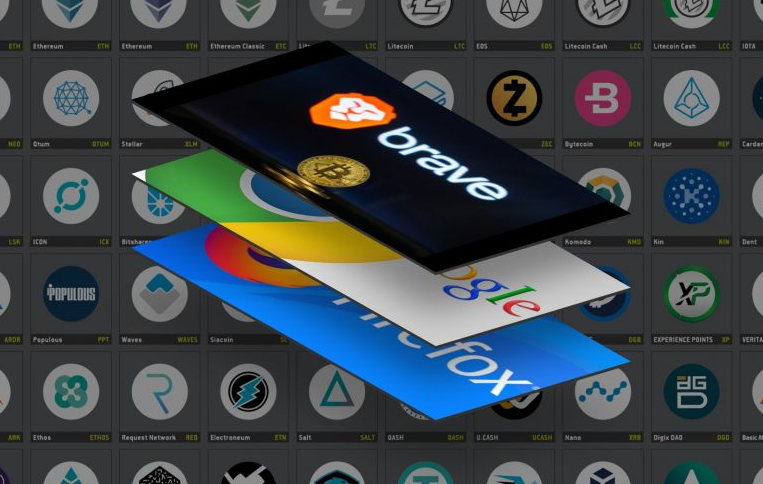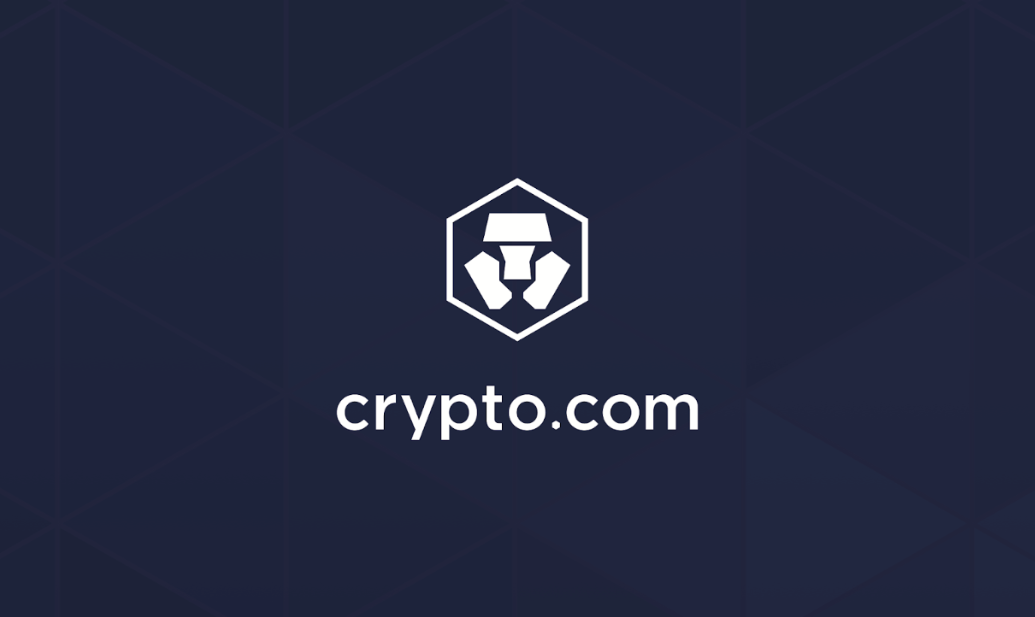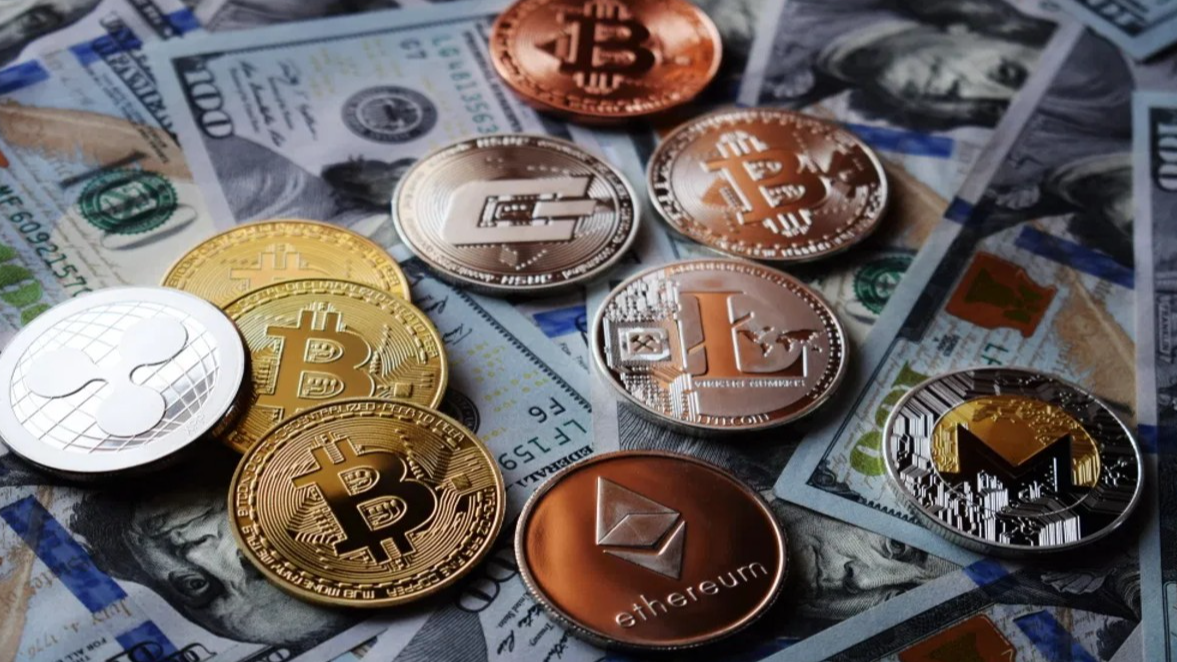OlympusDAO is a Decentralized Autonomous Organization (DAO) that seeks to create a decentralized reserve currency. It uses a combination of new mechanics and old ones like bonding, staking, and more to build its protocol.
Its protocol is based on a single-sided staking structure that distributes rebase rewards to stakers every 8 hours. This ensures that the supply of OHM tokens will grow over time and maintain their value.
The Decentralized Autonomous Organization (DAO)
The Decentralized Autonomous Organization (DAO) is a community of participants that governs themselves by voting on smart contracts encoded in a blockchain. It eliminates centralization and bureaucracy barriers, letting members collaborate on projects without having to rely on managers.
DAOs are a new generation of governance-driven communities that operate on a blockchain network. They use smart contracts to handle day-to-day activities, such as paying bills, and allow members to vote on changes to the contract.
Despite their innovative design, these communities pose a number of thorny governance challenges that require constant maintenance and oversight to keep them safe and secure. A lack of security can lead to hacking and theft of treasury reserves, which could impact the entity’s financial stability.
To combat this issue, DAOs implement a variety of measures to protect their assets from theft. For example, they can issue tokens backed by other assets like gold or real estate. This provides a stable form of value to the network, ensuring that it will always be worth more than its initial investment.
Another approach is to use staking to increase the value of the tokens, which will help push prices higher. Stakers earn staking rewards by investing in OHM tokens and will receive more OHM tokens as their balance increases. This process will also increase the supply of OHM tokens, which will keep the price and demand up.
Bonding allows investors to exchange OHM tokens for LP tokens at a discounted rate. When the treasury mints new OHM, the majority gets distributed to bonding holders.
In addition to staking and bonding, OlympusDAO also offers compounding interest through its treasury. When OHM’s value is higher than its floor price, the protocol will mine new OHM tokens as staking rewards and sell them through bonding.
This rebasing protocol, or “3-3” strategy, is one of the key aspects of OlympusDAO’s vision to be the financial reserve for Web 3.0. As such, the protocol wants to make OHM a decentralized reserve currency that is backed by a basket of decentralized assets. This will provide stability to the OHM token while avoiding a potential price spike if the U.S. dollar were to weaken. This is a major advantage for the protocol, as it seeks to provide stability in an increasingly volatile market environment.
The Olympus Treasury
The Olympus Treasury is an important part of the Olympus DAO ecosystem. The treasury is a multi-sig wallet that contains the assets of the Olympus DAO. It is managed by a group of elected guardians who are responsible for executing the decisions of the DAO.
The Treasury Dashboard is a great way to see what all of the treasury assets are holding and how they are structured. It also allows you to see how much each asset is worth in ETH, FRAX or DAI. It even includes tooltips to help you understand how these assets are related to one another.
In order to create a stable currency that will retain its purchasing power over time, OlympusDAO utilizes several tools to ensure it can hold value. First, OlympusDAO uses staking to incentivize users to keep a stake in the token. This staking mechanism rewards users with the Olympus token for holding OHM, and the staking reward rate is set by the policy team.
To compensate for the risk of inflation, OlympusDAO employs a liquidity pool (LP) token. Liquidity pool tokens are minted every eight hours, and the majority of them are distributed to stakeholders who hold OHM in their wallets.
This liquidity is used to pay staking rewards to Olympus token holders and support the protocol’s treasury. It also serves as a source of revenue for the OlympusDAO.
The OlympusDAO is governed by a decentralized autonomous organization (DAO). A DAO is an autonomous entity that allows participants to vote on decisions and govern the underlying protocol.
OlympusDAO is based on the Ethereum blockchain and is a DeFi infrastructure. It aims to provide a transparent and secure crypto ecosystem that is decentralized and censorship-resistant.
When OlympusDAO launched in March, it skyrocketed to $1,415 and peaked at a $4.4B market cap. This was a significant milestone for the DeFi movement and the OlympusDAO protocol.
While OlympusDAO was a success, it also introduced a number of issues to the crypto market. Among them, it introduced a staking incentive that offered stakers interest rates of thousands of percents (APY) denominated in OHM tokens.
The Olympus Token (OHM)
The Olympus Token (OHM) is the native token of the OlympusDAO. It is an asset-backed, censorship-resistant reserve currency that maintains real purchasing power and is a trustworthy unit of account for the Web3.

Olympus strives to create an asset with built-in purchasing power preservation and deep liquidity across the ecosystem. It also aims to be a stable coin that retains value in real terms and serves as a reserve for the decentralized finance protocol, DeFi.
To make sure that Olympus keeps its value, the OlympusDAO employs a number of monetary policies to control the supply of OHM tokens. These include inflation and deflation targets, reserve requirements, and capital controls to ensure that the currency is stable in real terms.
Another important function of Olympus is the staking protocol, which rewards users for accumulating more OHM and decreasing the total supply of the currency on the open market. Stakers receive a percentage of rebase rewards in return for staking their OHM on the platform.
These rebase rewards are based on the monetary policy of Olympus and the number of OHM staked in the network. The rebase mechanism automatically increases the balance of staked OHM at the end of every epoch.
Using this mechanism, Olympus can guarantee that the price of its token will never fall below 1 DAI. This gives the project a certain amount of stability in the long term and allows investors to make investments with defined risk.
In addition, the Olympus Treasury also maintains a number of reserve assets that back each OHM token. These include wETH and DAI. These reserve assets cannot be traded below their risk-free values, but they can be freely traded above them.
Finally, Olympus has a unique bond purchase system that allows users to purchase discounted OHM from the treasury. To do so, a user must pay the corresponding amount of treasury assets and wait 2 to 5 days for the discount to be reflected in their OHM wallet.
The Olympus protocol relies on a series of bond depository contracts that purchase and redeem reserves and liquidity pairs. These are designed to work in tandem with the treasury to ensure that all bonds have a fixed redemption period.
The Olympus App
Olympus’s App is a great tool for managing your Olympus devices and their settings. It is available for both iOS and Android devices.
The Olympus app is free to download, and it can be used to view live images taken by the camera as well as control its functions. It can also be used to capture images, and then send them to a compatible device such as a smartphone or tablet.
As with many modern cameras, the Olympus App uses Bluetooth connectivity to pair a compatible camera with a smart device. You can then use the app to scan a QR code on the back of the camera to establish the connection, and the app will give you the relevant information about that connection.
Once you have paired the Olympus camera with your smart device, you can then use the app to control it and access all of its settings. For example, you can change the shooting mode from iAUTO to P, A, S, M or ART, or change the drive mode from Single to Burst or Self-timer.
In addition, the app can be used to control the camera’s AF point or release the shutter. This is ideal for remote operation, allowing you to take pictures without touching the camera or even using a remote cable.
Olympus’s App is also a fantastic tool for recording voice dictations and transferring them to your device. It is fully compatible with the Olympus Dictation Management System (ODMS), so your files are automatically routed through to your transcriptionist, voice-recognition software or secure archive for storage and delivery.
ODMS users can also manage the encryption of dictation files to ensure that only authorised people can listen to them. This is useful for security reasons, and it makes the entire process of storing and sending dictation easier and more efficient.
Like other similar apps, Olympus Workspace can use the graphics processor to boost performance when displaying previews. Unfortunately, it doesn’t always work well, and I noticed that some previews were rendered at a low resolution. In addition, some times the hourglass symbol wasn’t shown during processing, so it was difficult to see what was happening.



